Review of Functional Analysis and Allocation (FA&A) Process in Systems
VerifiedAdded on 2022/10/06
|11
|702
|237
Report
AI Summary
This report critically reviews the Functional Analysis and Allocation (FA&A) process, a key element in systems engineering design. It begins with an introduction to the top-down approach, defining how system requirements are translated into functional and performance criteria. The report details the FA&A process, including its purpose, inputs, outputs, and its staging within the system lifecycle. It explores various approaches and methods for functional analysis, emphasizing the decomposition of top-level functions into sub-functions and the identification of functional interfaces. Furthermore, the report examines different approaches and methods for functional allocation, from the allocation of functions to machines or humans to scenario-based methods and contextual design approaches. The conclusion synthesizes the information presented and highlights the importance of FA&A in the design of integrated systems. References are provided using Harvard referencing style.
1 out of 11

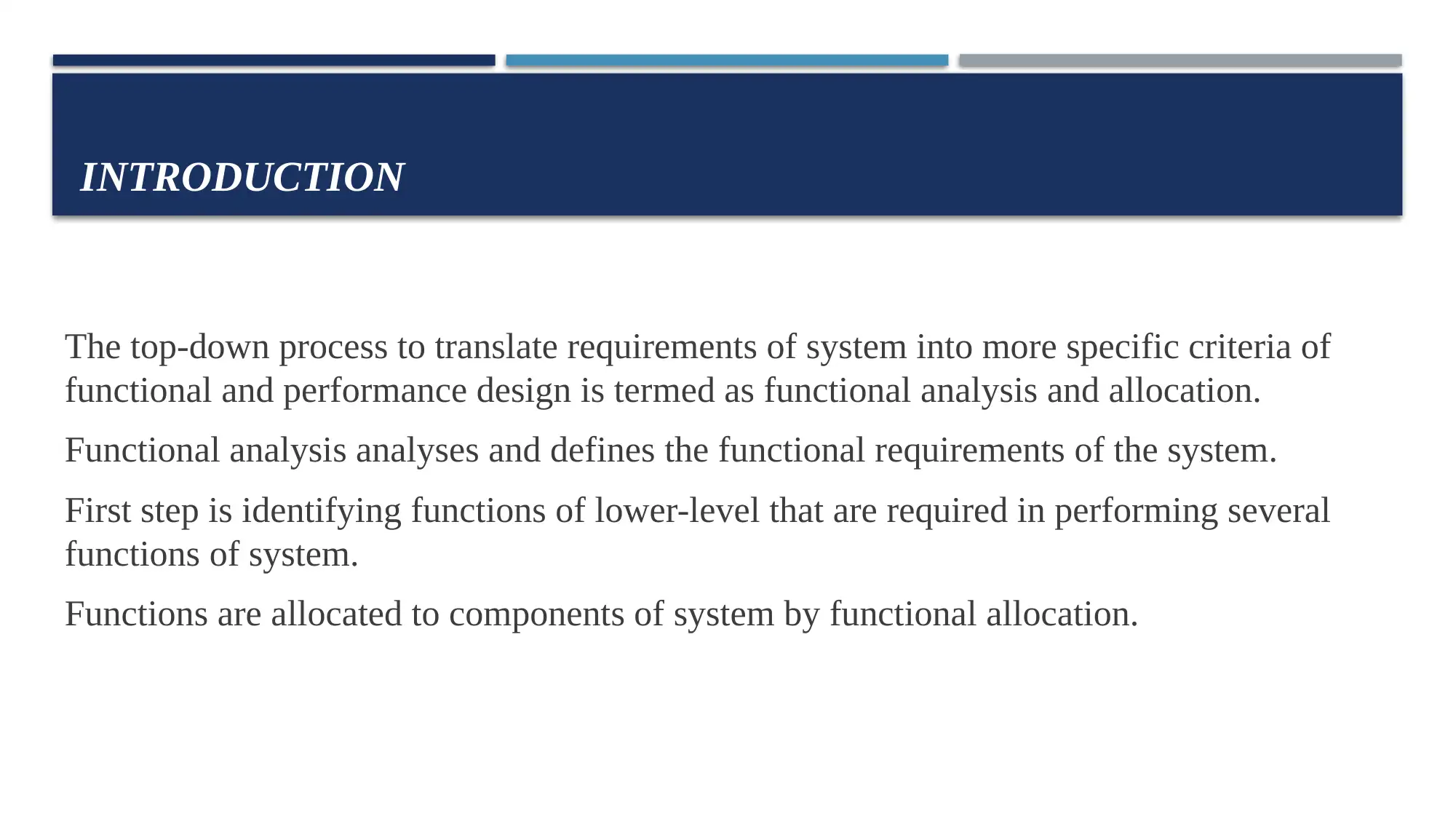
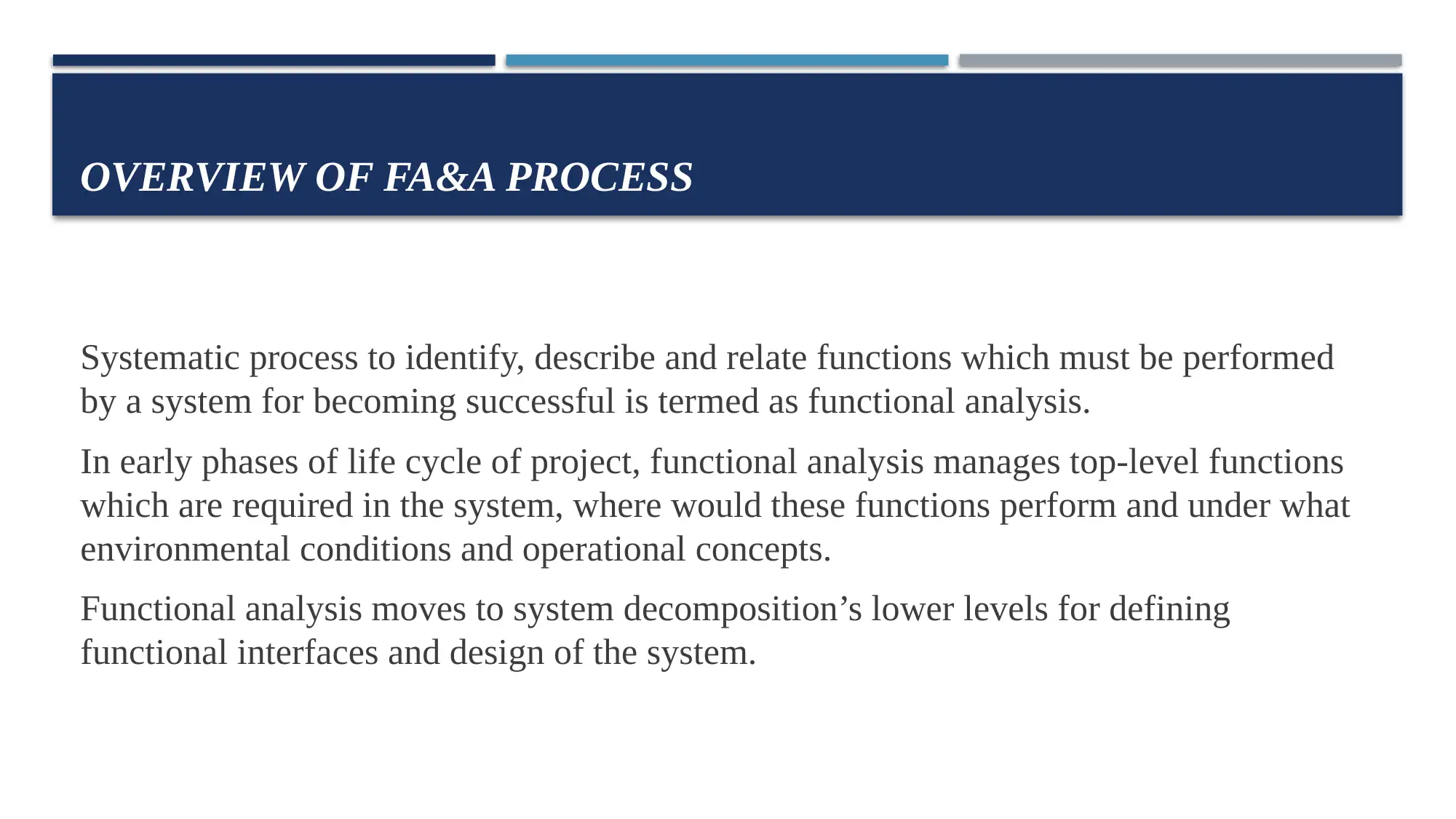

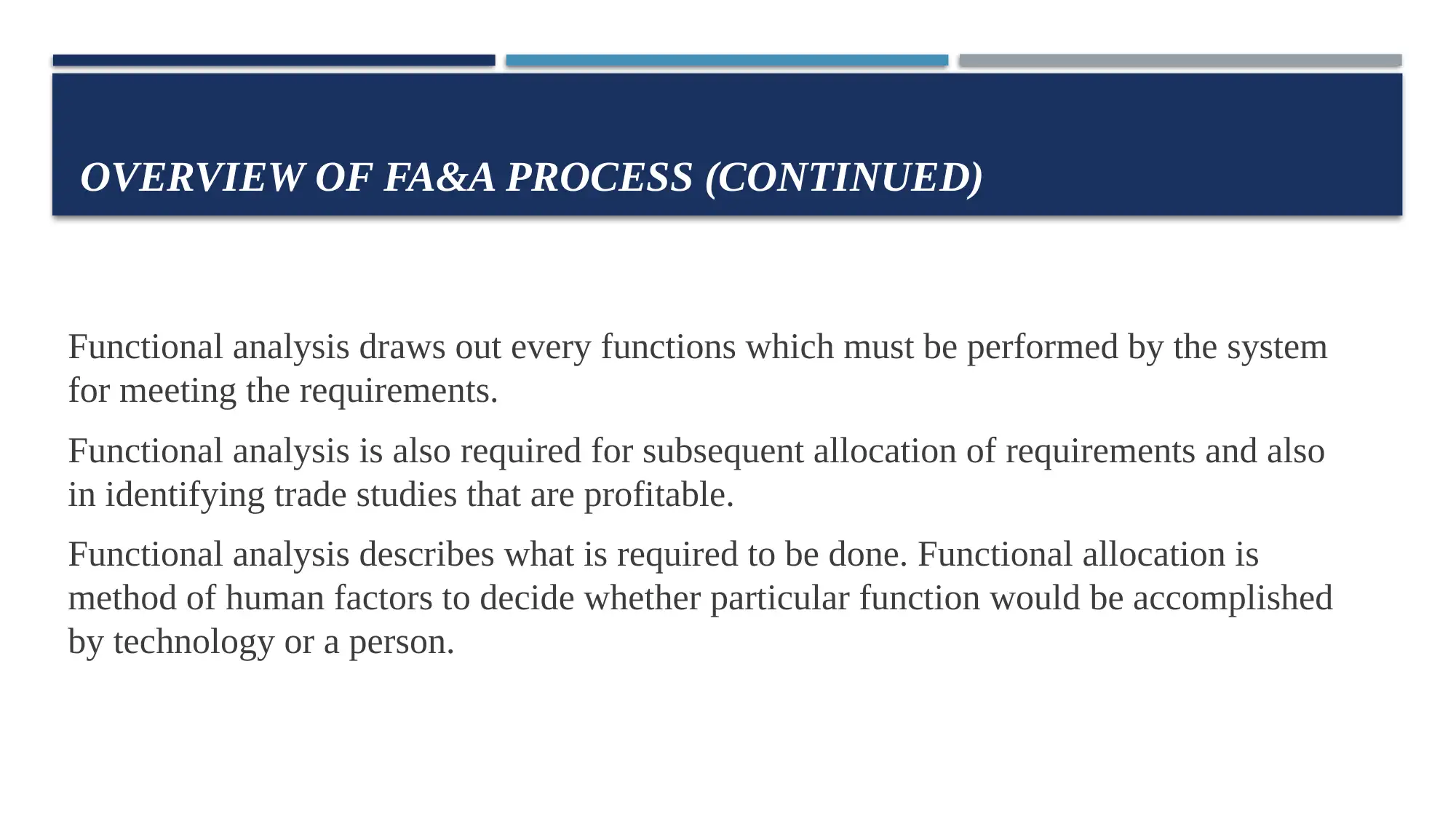
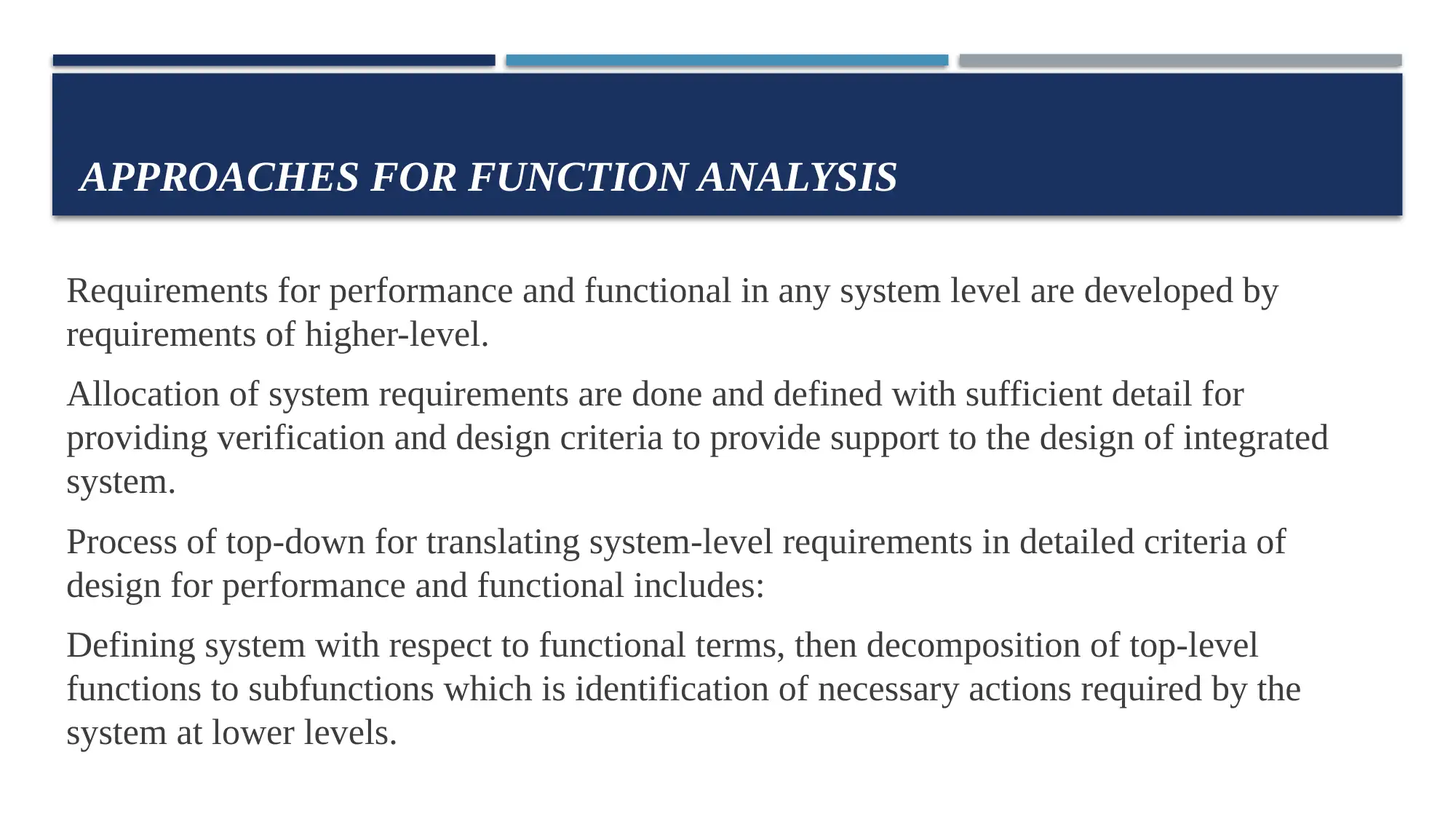
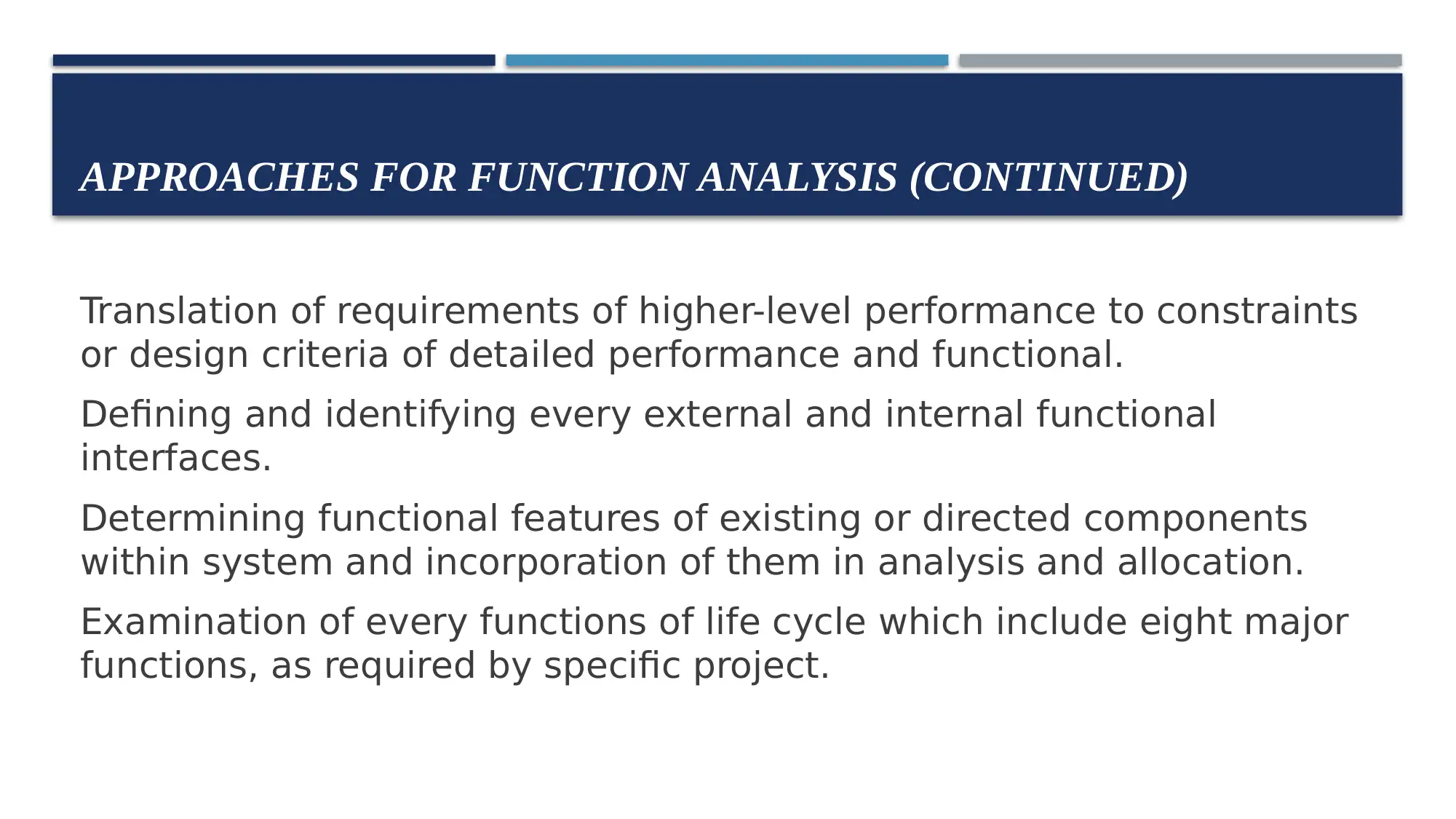
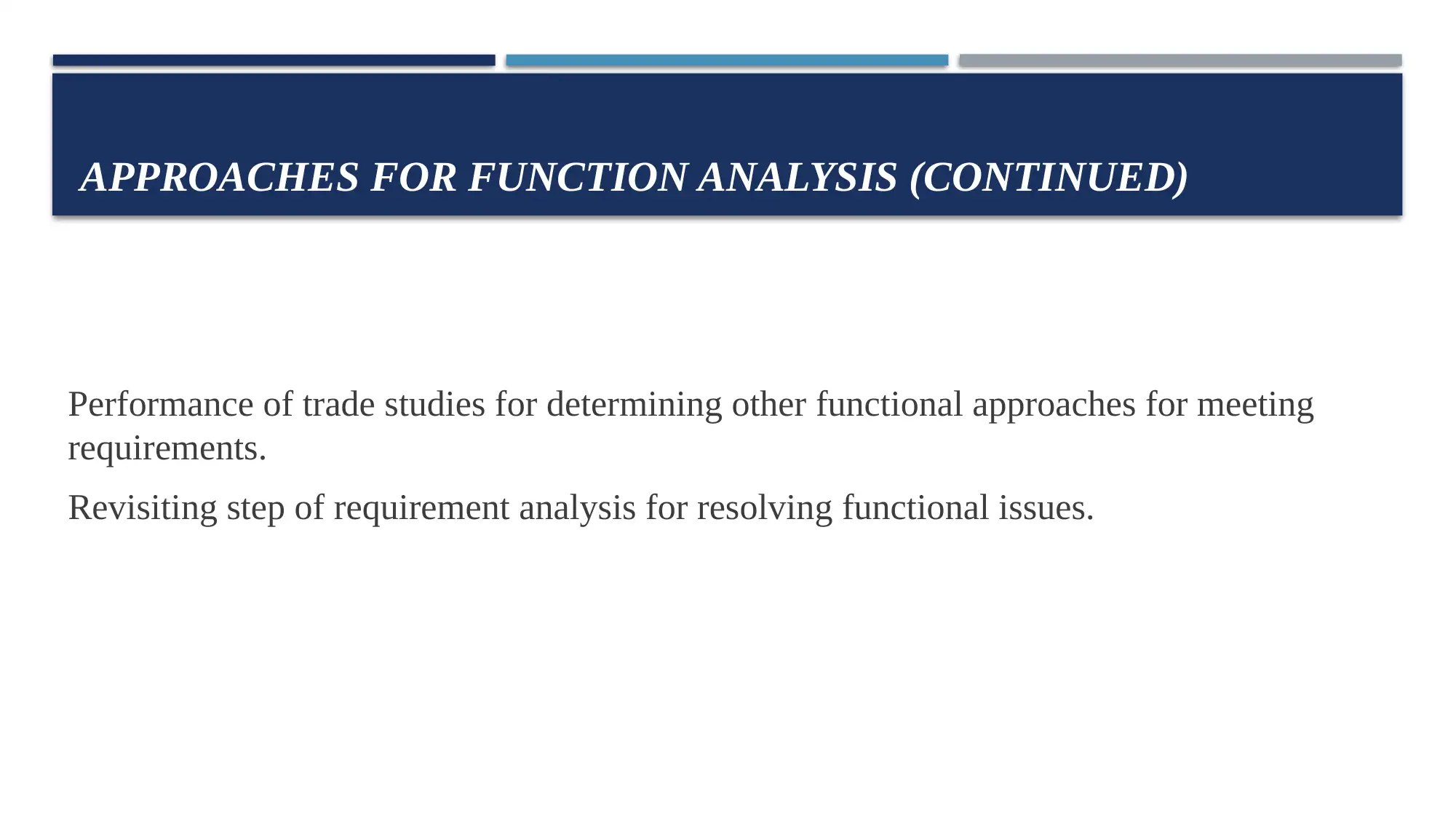
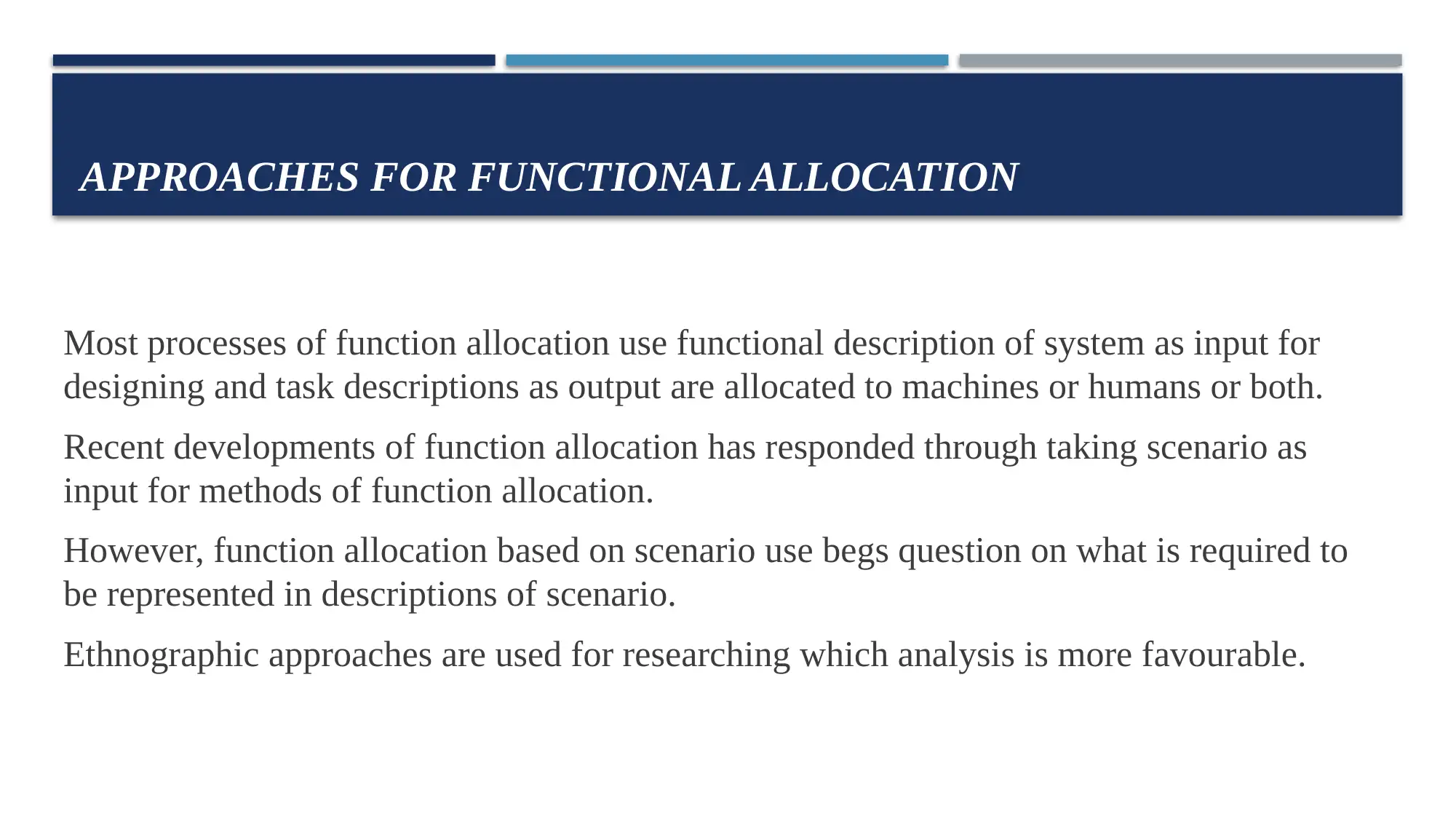
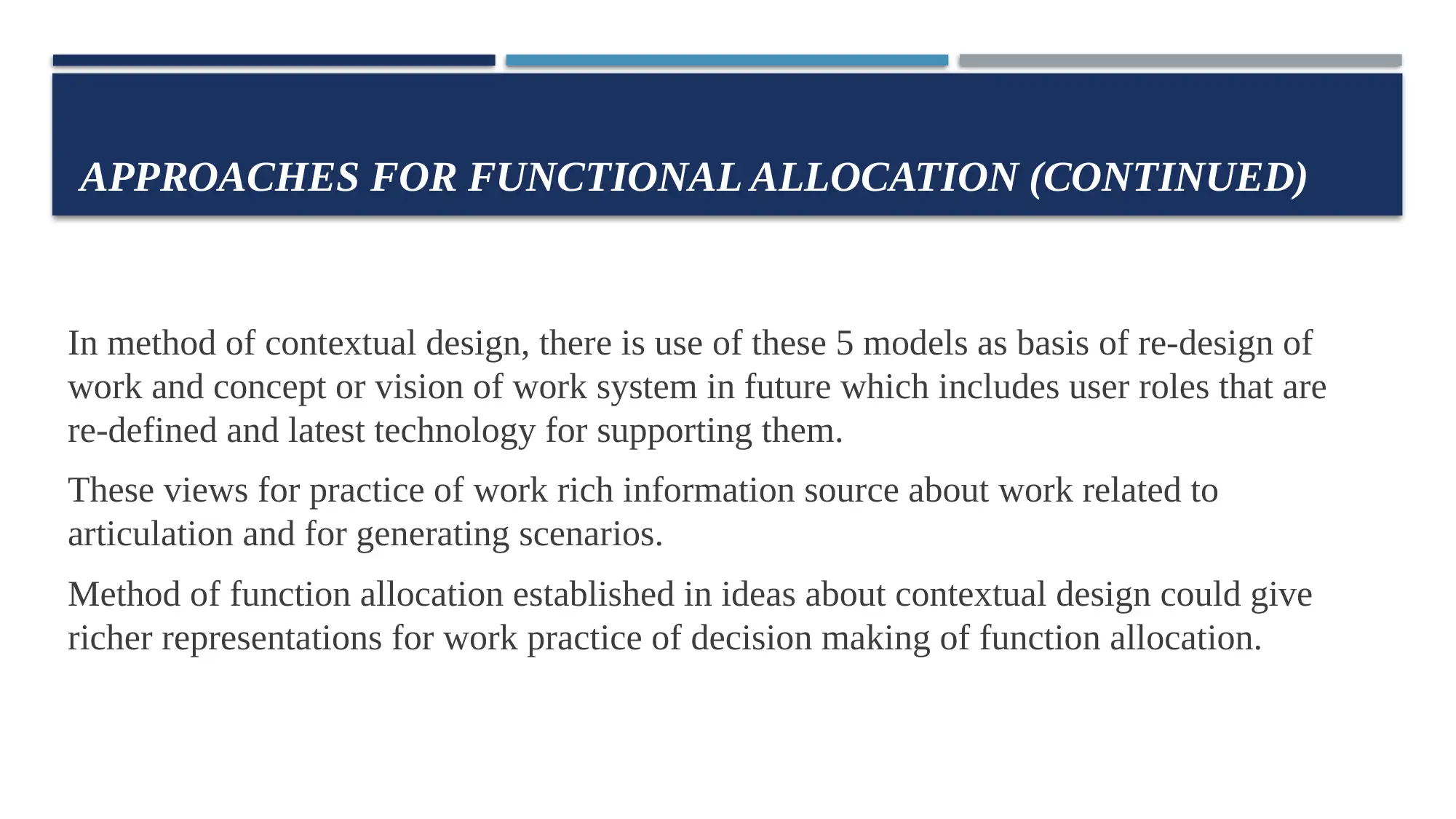
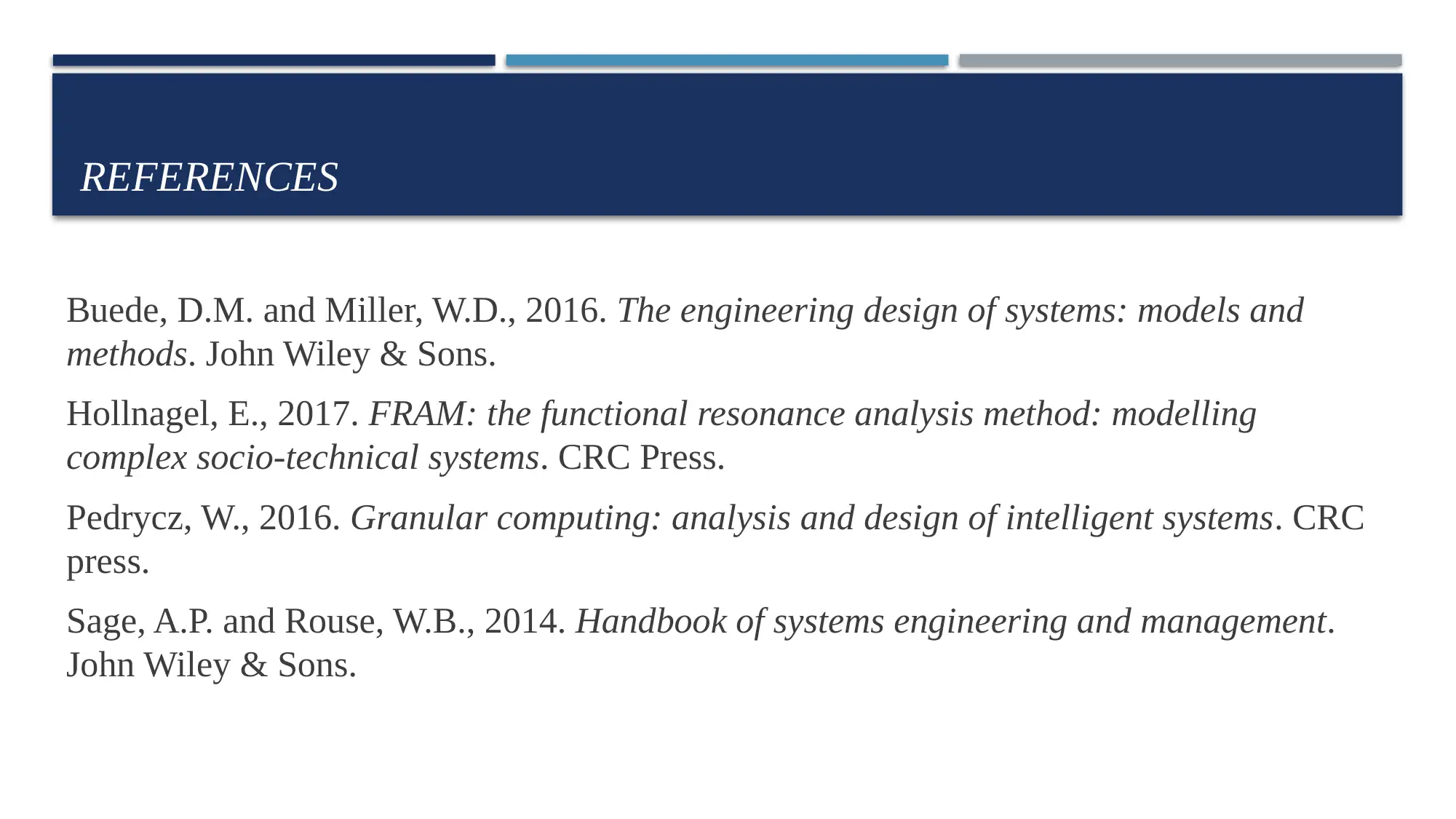






![[object Object]](/_next/static/media/star-bottom.7253800d.svg)